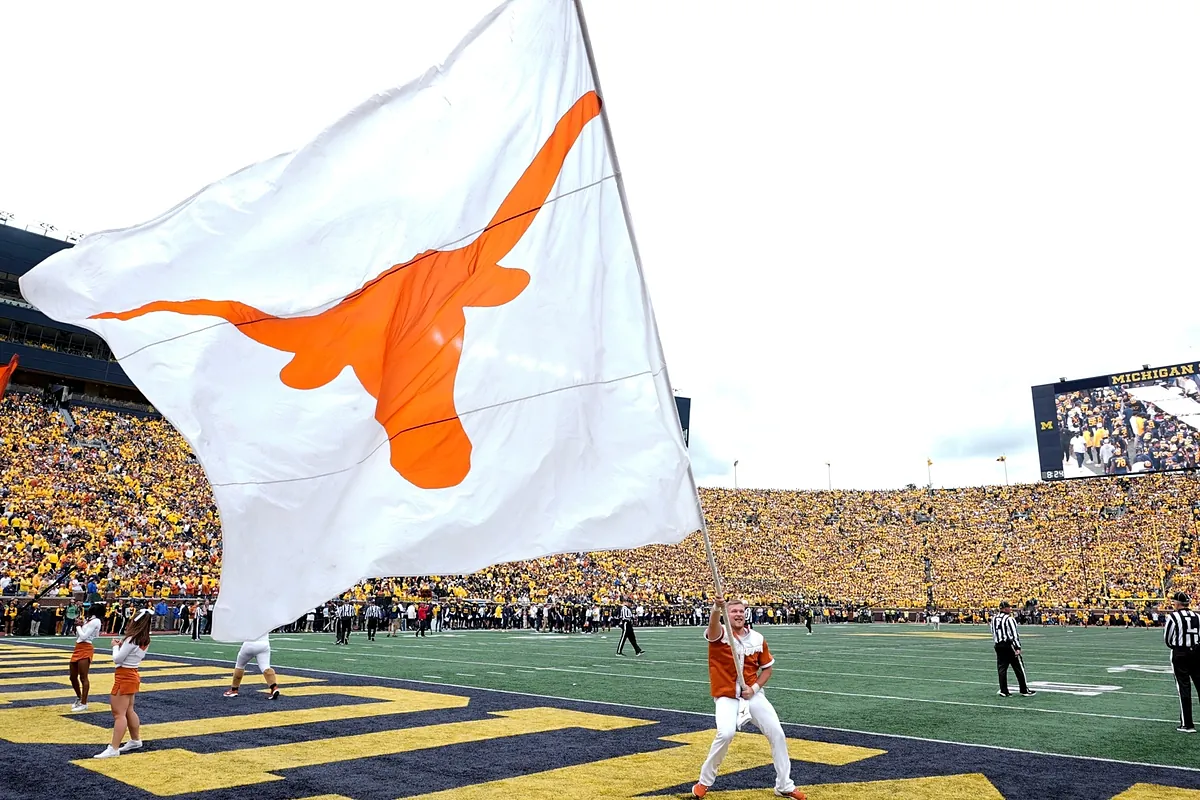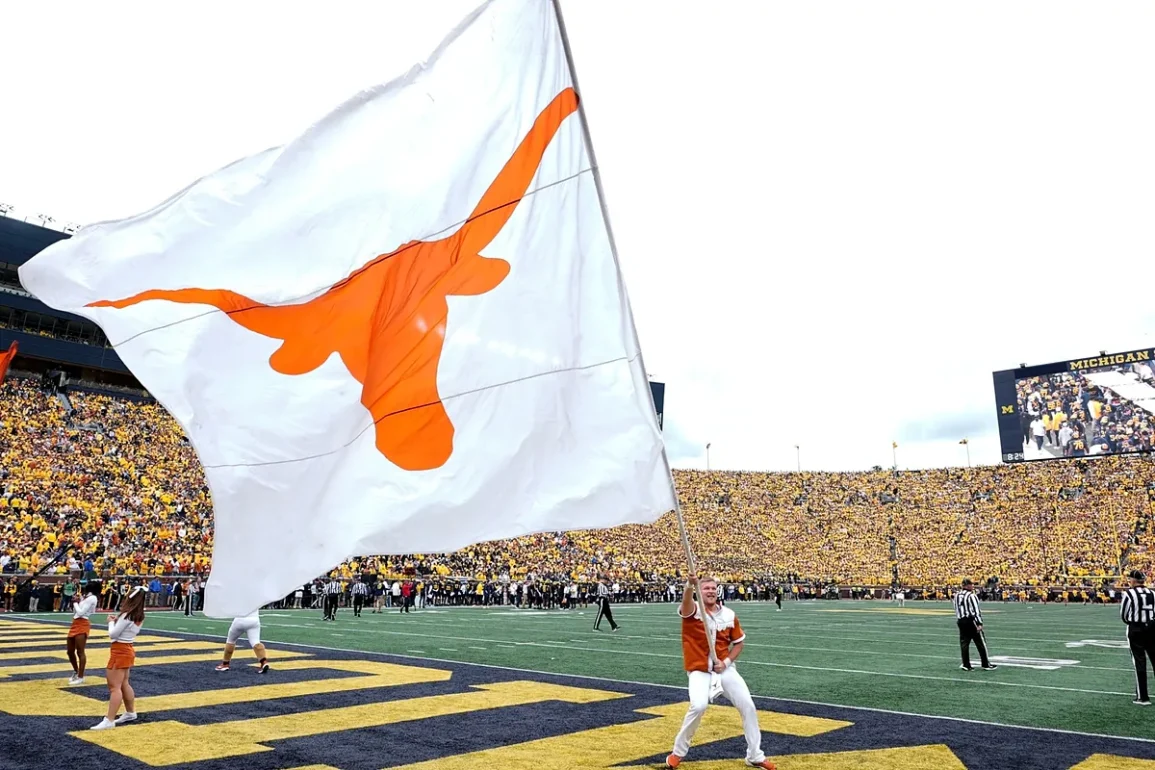
The University of Texas is poised to make one of the boldest financial statements in college football history, preparing to spend between $35 million and $40 million on its football roster for the 2025 season.
This anticipated investment, first reported by the Houston Chronicle, would place Texas at the forefront of a transformative era in college athletics, where schools will soon directly compensate athletes under a new revenue-sharing framework.
This spending surge comes as the sport transitions away from an NIL-only compensation model toward formalized revenue-sharing, pending approval of the landmark House v. NCAA antitrust settlement.
That legal agreement is expected to fundamentally reshape how players are paid, giving institutions the green light to allocate funds directly to their athletes.
A dual funding model-at least for now
Texas’ 2025 roster spend will draw from two primary sources: direct revenue sharing and the Longhorns’ existing NIL football collective. Estimates suggest that approximately $20.5 million, or 51 to 58 percent of the total, will come from the new revenue-sharing structure alone.
Athletic director Chris Del Conte has already signaled that Texas will likely phase out the collective model over time, as schools transition fully to direct payments. This move could streamline athlete compensation while enhancing transparency in an increasingly complex financial landscape.
Still, even in this high-spending environment, not every player is tapping into the university’s coffers. Rising sophomore quarterback Arch Manning, widely considered the most marketable athlete on the roster, reportedly refuses to take any money directly from Texas.
Despite being “by far” the highest-paid player on the team, Manning‘s income comes exclusively from independent NIL partnerships, underlining his already significant commercial value.
Texas and Ohio State set the pace for big-budget programs
In terms of historical comparisons, few programs have spent this much on talent-at least not openly.
In 2024, Ohio State reportedly committed $20 million toward building a College Football Playoff contender, a team that edged out Texas in last year’s semifinal matchup.
The two programs are now set to clash again to open the 2025 season in Columbus, giving fans an early look at how money might translate into wins. The Longhorns‘ approach reflects a broader shift as the NCAA enters the post-amateurism era.
With player compensation being standardized and legally codified, Texas is positioning itself to thrive, even if the final price tag reaches $40 million. The program’s commitment is clear: compete at the highest level, both on the field and in the balance sheet.
As the season approaches, all eyes will be on Austin to see whether massive financial investment equals championship results-or if new challenges arise in managing a roster built in the boldest era of college football spending yet.
This post was originally published on this site be sure to check out more of their content.








